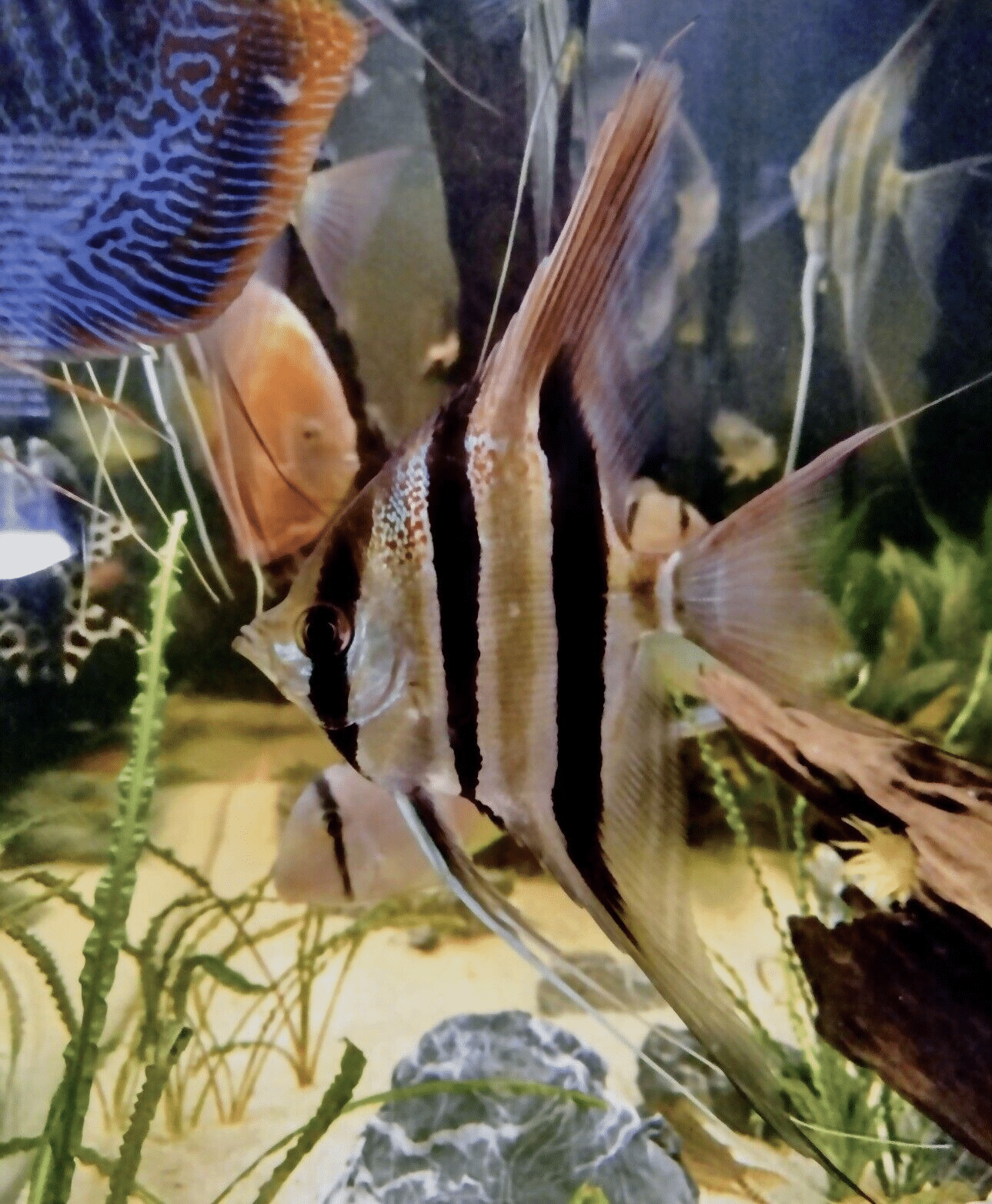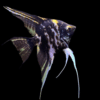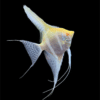To provide the best experiences, we use technologies like cookies to store and/or access device information. Consenting to these technologies will allow us to process data such as browsing behaviour or unique IDs on this site. Not consenting or withdrawing consent, may adversely affect certain features and functions.
The technical storage or access is strictly necessary for the legitimate purpose of enabling the use of a specific service explicitly requested by the subscriber or user, or for the sole purpose of carrying out the transmission of a communication over an electronic communications network.
The technical storage or access is necessary for the legitimate purpose of storing preferences that are not requested by the subscriber or user.
The technical storage or access that is used exclusively for statistical purposes.
The technical storage or access that is used exclusively for anonymous statistical purposes. Without a subpoena, voluntary compliance on the part of your Internet Service Provider, or additional records from a third party, information stored or retrieved for this purpose alone cannot usually be used to identify you.
The technical storage or access is required to create user profiles to send advertising, or to track the user on a website or across several websites for similar marketing purposes.
















Emily Carter (verified owner) –
I recently added the Altum Peruensis Angelfish to my home aquarium, and I couldn’t be happier! These angel fish are truly breathtaking. Their elongated fins and vibrant colors have transformed my tank into a mini Amazon paradise. After just two months of keeping them, they have settled in beautifully, displaying their playful nature and social behaviors. The shipping was prompt, and they arrived healthy and full of life, which speaks volumes about their welfare during transit.
I’ve kept several types of tropical fish, but the Altum Angelfish’s personality sets them apart. They are curious and seem to interact with me, which I find incredibly endearing. While they can be a bit shy initially, with the right environment—plenty of plants and hiding spots—they thrive wonderfully. A minor concern is their sensitivity to water conditions; they require a bit more attention to pH and temperature than some other fish.
I highly recommend these angel fish to anyone looking to enhance their aquarium with stunning, intelligent fish. They are perfect for both experienced hobbyists and those willing to invest a little extra time in their care. Truly a fantastic addition to my aquatic family!
Laura Henderson (verified owner) –
I’ve been an aquarium enthusiast for over five years, and I recently added the Altum Peruensis Angelfish to my collection. These freshwater fish are nothing short of breathtaking! I can’t help but marvel at their graceful swimming and stunning colors. After a week in my 50-gallon tank, they’ve acclimated beautifully and interact well with my other tropical fish. I appreciate that they thrive in well-maintained environments, so I’ve made sure to keep their conditions optimal. Compared to other angelfish I’ve kept, these are definitely more vibrant and active, which adds such life to the tank! My only minor concern was ensuring they had enough vertical space to swim, but that’s just part of the joy of caring for them. If you’re new to the hobby or a seasoned aquarist, I wholeheartedly recommend these wonderful fish. They enhance any aquarium setup and are perfect for anyone looking to add a touch of elegance. Just remember to provide plenty of hiding spots for their comfort and happiness!